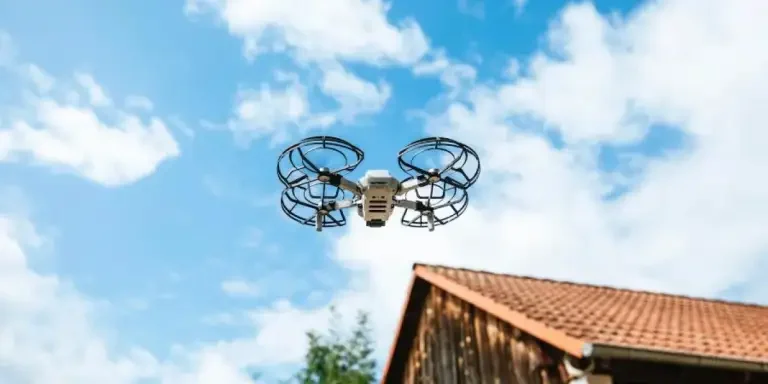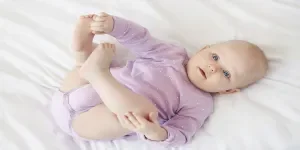Today, different types of drones are available in the market, but not all are suitable for children. Some drones should never be given to children as they can have sharp blades that may cause injuries if left unsupervised under a child’s care. Therefore, you should consider several safety features, which will be covered in detail below.
Table of Contents
Overview of the toy drone market
What to consider when looking for drones for kids
Other factors to consider
Is it safe for kids to fly drones?
Overview of the toy drone market
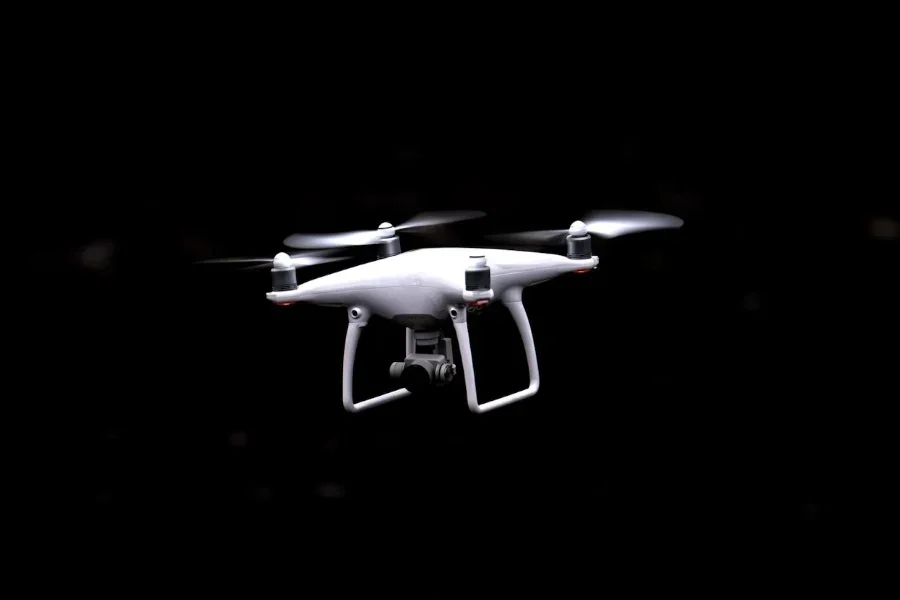
As of 2023, the global toy drone market was valued at US $417 million and is projected to grow at a compound annual growth rate (CAGR) of 8.6% to reach US $952.5 million by 2033. Drones are now programmed to offer real-time interactions, are more affordable, and support Wi-Fi and Bluetooth to access various services, thanks to technological advancement.
Drones and cameras are commonly used for recreational photography and filming, fishing, hunting, and monitoring purposes too. North America currently has the largest market share for drones, and this trend is expected to continue throughout the forecast period. Among the leading players in this sector are Holystone, Ryze Tech, DJI, and Potensic.
Toy drones
Drones have gained significant traction in the market and are no longer viewed as mere toys. Rather, flying drones necessitates a certain amount of practice and effort to gain expertise and ensure maximum safety. Drone planes and helicopters are less expensive than quadcopters, but harder to fly and are more suitable for adults.
Toy drones are becoming increasingly popular in the market, and many models are now available, each with a unique set of features. Although learning to fly them can take some time, they offer a fun way to pass the time and are available in simple versions that are ideal for beginners and young children.
Drones encourage kids to spend more time outdoors, which is uncommon these days and is one reason why many parents buy them. Additionally, they are available in more complex versions, which forces kids to learn more about flying and broaden their knowledge. The best thing about toy drones is that they have easy-to-find service parts that can be easily purchased online or at departmental stores.
Although the drones designed for children are safe, parents may need to keep an eye on and monitor them closely. This is because most drones contain batteries, which are toxic and dangerous for children to play with. They are, however, safe when supervised, and these toys help shape young minds by encouraging children to use their creativity.
What to consider when looking for drones for kids
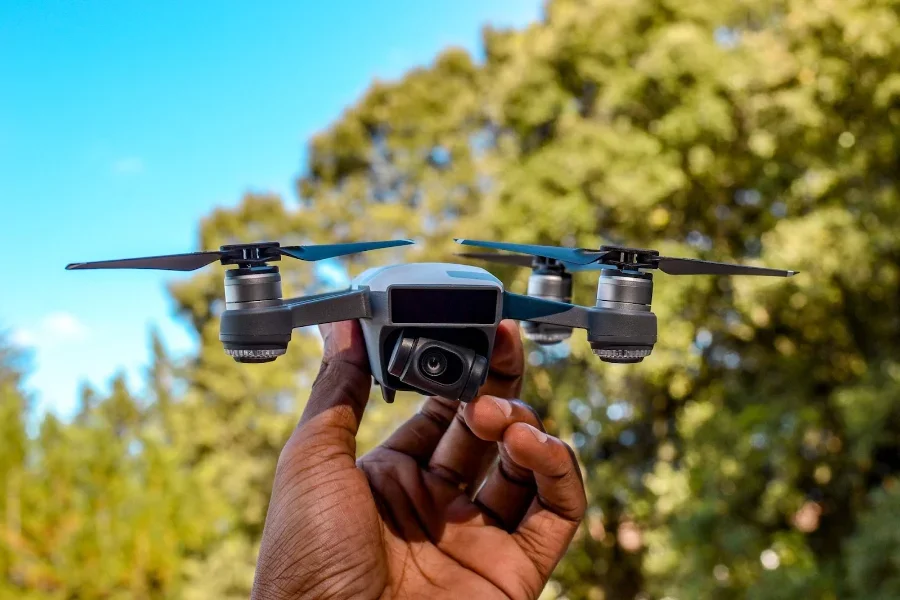
1. Size
When it comes to drones for children, smaller sizes are preferable because children are more likely to fly drones haphazardly, disregarding the risks associated with flying a toy. The threat a drone poses because of its rapid speed increases with drone size. Also, bigger drones are heavier and more likely to cause more damage than the lighter options.
2. Safe propellers
Drone propellers can be dangerous to children due to their sharp blades, so small drones with ducted motors are a good option. These drones have a frame that protects the propellers, preventing injuries or property damage caused by the blades. Therefore, it is best to avoid drones with fully exposed propellers.
3. Altitude hold
Toy drones with mid-altitude hold are excellent choices for beginners and kids because they are much simpler to fly and control. With altitude hold, the user can set the throttle stick to 50%, and the toy will continue to fly at its current altitude on its own.
Drones without the altitude hold feature require more control and skill to fly and avoid colliding with nearby objects.
4. Battery protection
Most of today’s drones use lithium polymer batteries, which can explode or catch fire when subjected to high impact or puncture. Some toy drones have partially exposed batteries and wires, which can be extremely dangerous when in a child’s hands.
Furthermore, when battery wires are cut or swiped, they can cause short circuits, which can lead to explosions. Thus, it’s best to opt for drones with fully enclosed batteries.
5. Remote control
Some toy drones may not include a traditional RC transmitter, also known as a remote controller, and instead, rely on a smartphone app for control. These apps contain emulators that replicate the functions of a traditional RC transmitter and may appear to be a fun way to fly.
They are, however, more difficult to control and thus unsuitable for children. On the other hand, drones with a remote controller provide tactile feedback and are much easier to control.
Other factors to consider
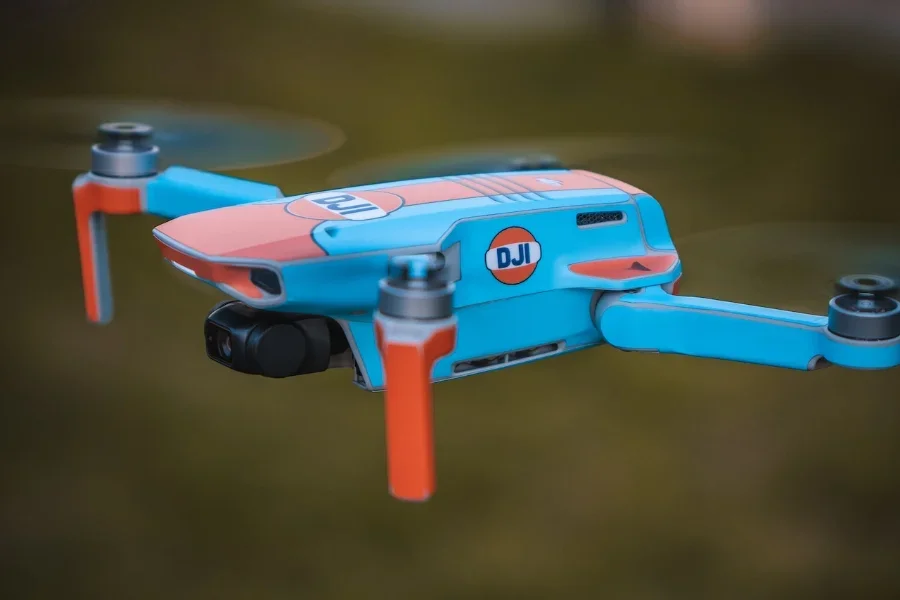
Child safety
Drones are entertaining and expensive items that must be monitored if left in the care of a child. This is because drones have sharp blades that can be dangerous if not handled correctly. It is particularly risky if given to a child, as it can injure their hands and fingers.
Checking the manufacturer’s recommended age for the drone is one way to ensure child safety. It should not be given to younger children if it is intended for older children or adults.
Toxicity
Because many young children bite on whatever they find, it is best to keep an eye on children and their toys. Drones contain numerous smart parts that can pose a choking hazard. Parents must constantly inspect the drones to ensure they are in good working order, as the batteries in the drones are toxic and should not be bitten.
Thus, it is advised to go for drones that are verified to be non-toxic, and customers should check the age limit of the toy and adhere to it.
Purpose of the drone
Most drones have built-in cameras or have an external camera attached to them. Drones can capture high-quality videos and images that would be impossible to capture using traditional methods.
They can be used for fun to take pictures of oneself, or they can be used for educational or research purposes. Furthermore, the captured images and videos can be downloaded and shared with friends and family.
Local laws for drones
As the use of drones grows, different laws are put in place in different regions to address issues locals face. These laws define the limits of drone usage but are primarily enforced for the user’s and others’ safety.
Drones should be kept within visual range and should not be flown higher than 400 feet above the ground, and they should also be kept away from pedestrians and vulnerable properties that can be damaged.
Is it safe for kids to fly drones?
The type of drone, the child’s age, and the circumstances under which the child is flying the drone will all determine whether or not the drone is safe. You should keep an eye on a child using a drone because they have small moving parts and sharp blades.
There are, however, several drones on the market with fully enclosed propellers that are reasonably safe. So make sure to choose age-appropriate drones for children.
